Burial thread for weight loss is mainly buried in areas with high fat accumulation, such as the abdomen, back, and legs, by stimulating acupoints to promote metabolism and fat breakdown. The specific location of the buried thread needs to be determined by a professional doctor based on individual physical condition and fat distribution. Common locations include the epigastric region and celestial axis in the abdomen, the spleen and stomach meridians in the back, and acupoints such as Zusanli and Sanyinjiao in the legs. Thread embedding for weight loss is a weight loss method that combines traditional Chinese medicine acupoint stimulation and modern medical technology. By embedding absorbable threads into specific acupoints, it continuously stimulates meridians, regulates endocrine function, promotes fat metabolism, and achieves weight loss effects.
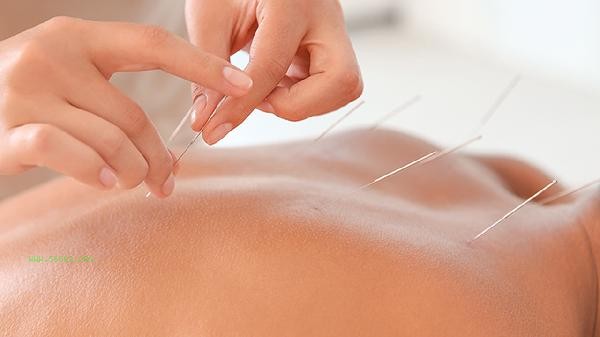
1. Abdominal thread embedding: The abdomen is one of the main areas of fat accumulation, and thread embedding is often done at acupoints such as the epigastric region and the Tian Shu acupoint. The epigastric region is located 4 inches above the navel, and the celestial pivot is located 2 inches beside the navel. Stimulating these acupoints can regulate spleen and stomach function, promote digestion and metabolism, and reduce abdominal fat. After embedding the thread, it will continuously stimulate acupoints, enhance local blood circulation, and accelerate fat breakdown. It is recommended to engage in moderate exercise after embedding the thread, such as sit ups and plank support, for better results.
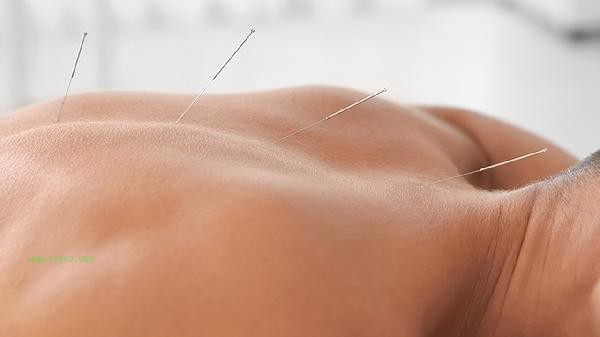
2. Back embedding: Back fat accumulation is often related to poor posture and slow metabolism. Commonly used acupoints include Spleen Shu and Stomach Shu. The Spleen Shu is located 1.5 inches below the spinous process of the 11th thoracic vertebra, and the Stomach Shu is located 1.5 inches below the spinous process of the 12th thoracic vertebra. Stimulating these acupoints can regulate spleen and stomach function, improve metabolism, and reduce back fat. After embedding the thread, the thread continuously stimulates the acupoints, promotes local blood circulation, and accelerates fat breakdown. It is recommended to pay attention to posture adjustment after burying the thread and avoid prolonged sitting.
3. Leg embedding: The accumulation of leg fat is often related to prolonged sitting and slow metabolism. Commonly used acupoints include Zusanli and Sanyinjiao. Zusanli is located 3 inches below the knee, one horizontal finger outside the anterior tibial crest, and the Sanyin intersection is located 3 inches above the tip of the medial malleolus, behind the medial edge of the tibia. Stimulating these acupoints can regulate spleen and stomach function, promote metabolism, and reduce leg fat. After embedding the thread, the thread body continuously stimulates acupoints, enhances local blood circulation, and accelerates fat breakdown. It is recommended to engage in moderate exercise such as jogging or skipping rope after burying the thread.
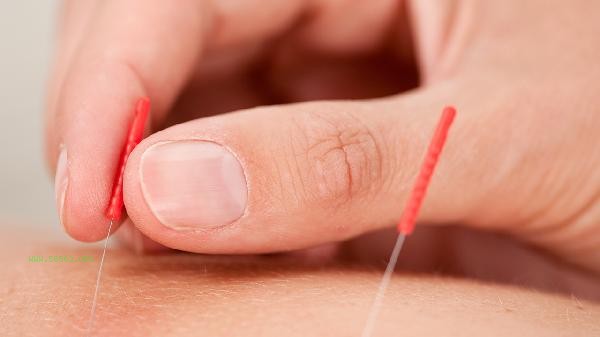
Thread embedding for weight loss should be carried out under the guidance of a professional doctor, and a reputable medical institution should be selected to ensure safe operation. After embedding the thread, it is important to pay attention to dietary control, avoid high calorie foods, and consume more fiber rich foods such as vegetables and fruits. Thread embedding weight loss is an auxiliary weight loss method that requires a healthy lifestyle and moderate exercise to achieve the desired weight loss effect. The duration of thread embedding weight loss varies depending on individual constitution, and it is usually recommended to do it every 2-4 weeks for 3-6 months for better results. After losing weight through thread embedding, it is important to pay attention to local hygiene and avoid infection. If there is any discomfort, seek medical attention promptly.

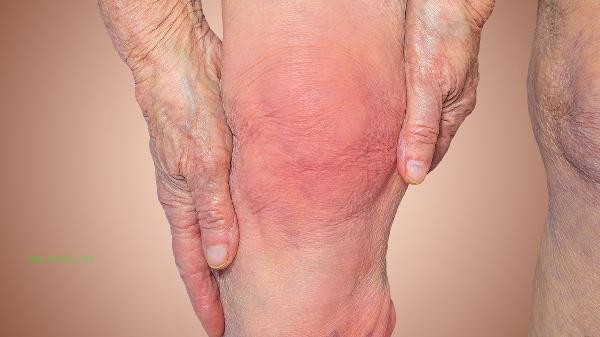
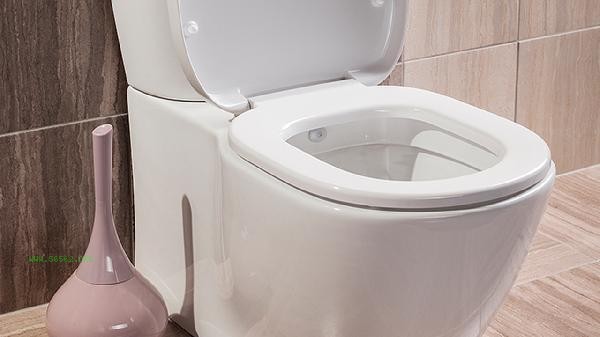
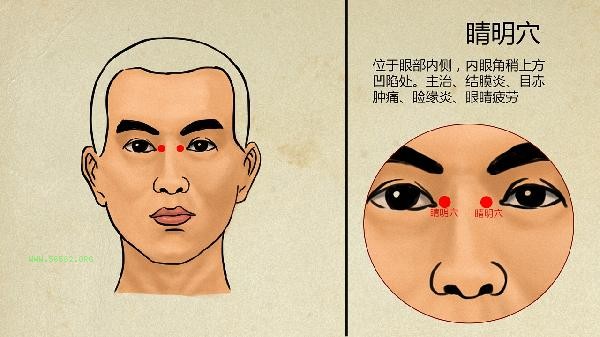
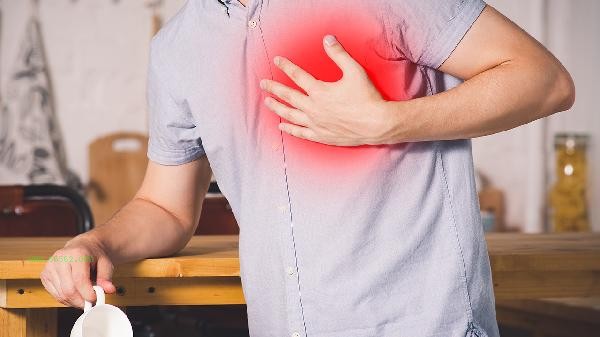
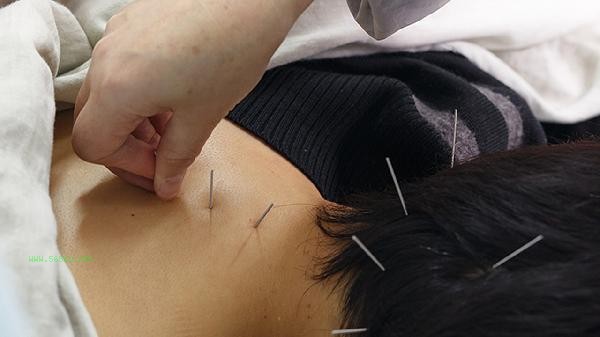


Comments (0)
Leave a Comment
No comments yet
Be the first to share your thoughts!